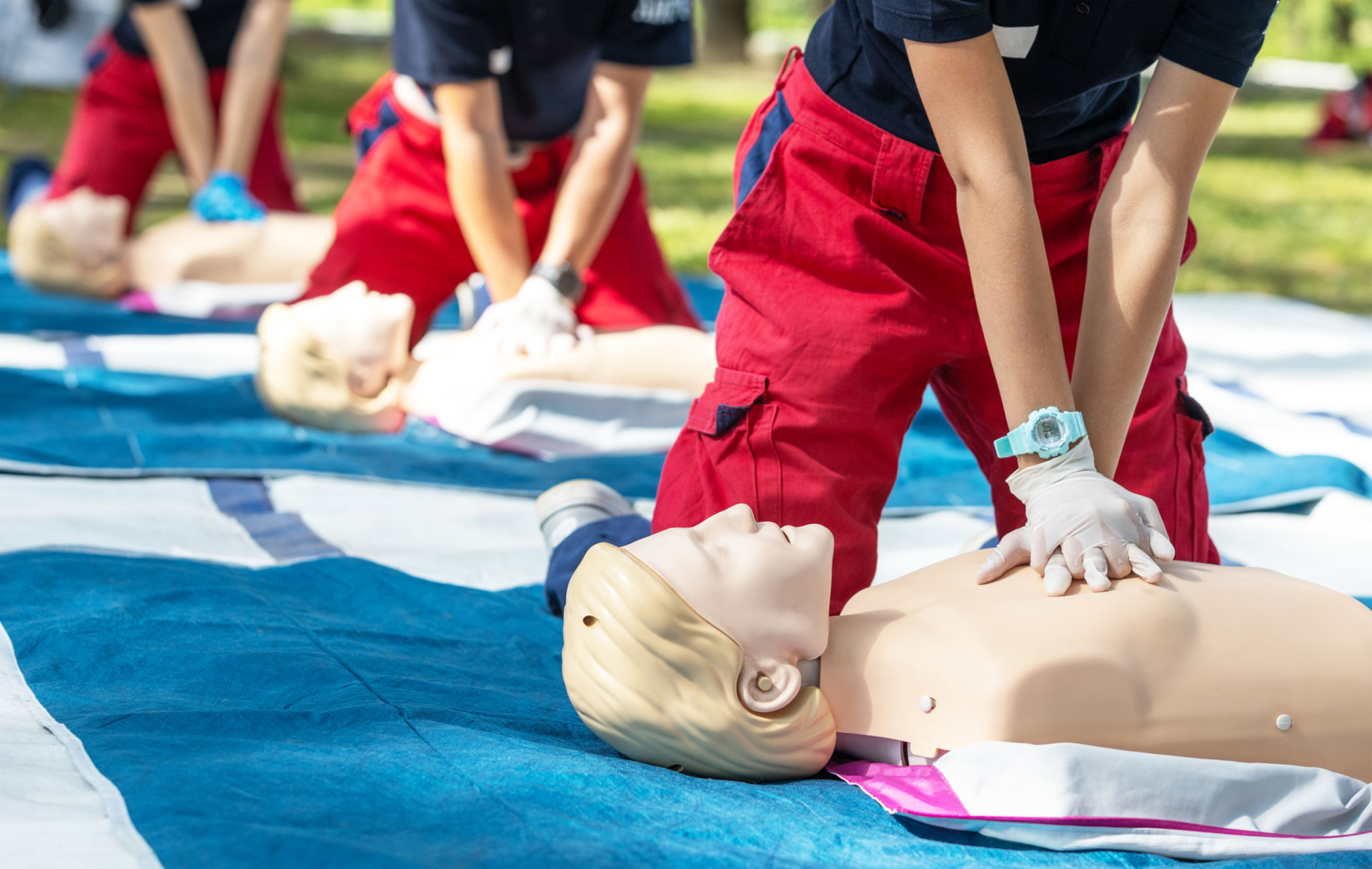Matt Eason's Expert Tips for Effective CPR and First Aid Training
Understanding the Importance of CPR and First Aid Training
Every year, countless lives are saved thanks to individuals who have been trained in CPR and first aid. These skills are essential in emergency situations, providing critical assistance until professional help arrives. Matt Eason, a seasoned expert in the field, emphasizes the importance of proper training to ensure readiness and confidence.
CPR, or Cardiopulmonary Resuscitation, is a life-saving technique useful in emergencies such as a heart attack or near drowning. First aid, on the other hand, involves a set of practices aimed at preserving life, preventing further harm, and promoting recovery. Both are crucial skills that everyone should learn.

Matt Eason's Top Tips for Effective CPR Training
Matt Eason recommends that effective CPR training should be hands-on and interactive. Here are some of his top tips:
- Practice Regularly: Regular practice helps retain skills and confidence in performing CPR.
- Use Realistic Scenarios: Training should include realistic scenarios to prepare participants for actual emergencies.
- Stay Updated: CPR guidelines can change, so it's important to stay informed about the latest practices.
By focusing on these areas, trainees can ensure they are well-prepared to act quickly and effectively when faced with an emergency.

Key Elements of First Aid Training
First aid training covers a wide range of skills. Matt Eason highlights several key elements that should be included in any comprehensive program:
- Assessment: Learning how to assess a situation quickly and accurately is the first step in providing effective first aid.
- Basic Life Support: This includes knowledge of CPR, as well as how to manage choking and severe bleeding.
- Wound Care: Proper techniques for cleaning and dressing wounds to prevent infection.
Each of these elements plays a crucial role in ensuring that first aid is administered effectively and efficiently.
The Role of Technology in Training
Technology has transformed the way CPR and first aid training is conducted. Matt Eason notes the benefits of using simulation technology and online platforms to enhance learning experiences. These tools provide trainees with opportunities to practice in a controlled environment, making the training both engaging and effective.

Online courses offer flexibility, allowing individuals to learn at their own pace. Additionally, apps and virtual reality simulations provide interactive ways to reinforce skills learned during in-person sessions.
Benefits of Being CPR and First Aid Trained
Being trained in CPR and first aid offers numerous benefits beyond just the ability to help others. It increases confidence, enhances job prospects, and contributes to community safety. Matt Eason emphasizes that trained individuals are invaluable assets in any setting, ready to respond at a moment's notice.
By acquiring these vital skills, you not only empower yourself but also contribute positively to the safety and well-being of those around you.

Conclusion: Taking the First Step
If you haven't already undergone CPR and first aid training, now is the perfect time to start. Whether through local courses or online options, gaining these skills is an investment in your ability to make a difference. As Matt Eason advises, begin your journey today and be prepared to save lives tomorrow.
The peace of mind that comes with knowing you can help in an emergency is invaluable. Take the first step towards becoming a life-saver by enrolling in a training program that suits your needs.